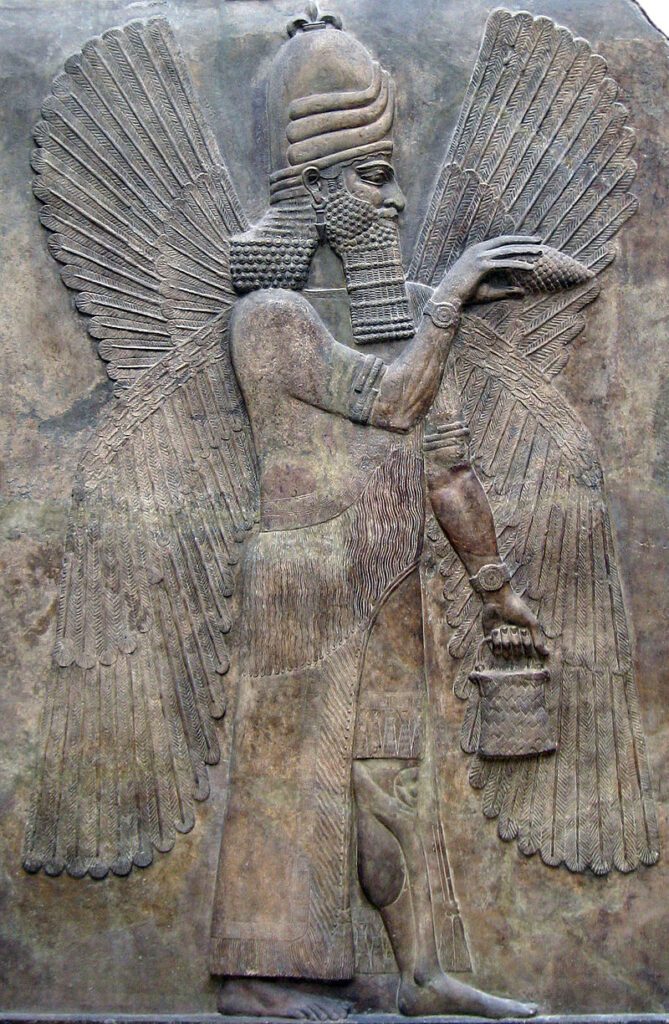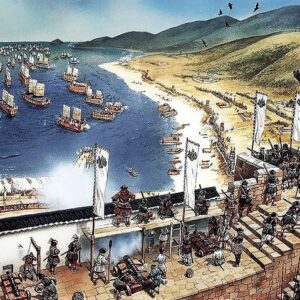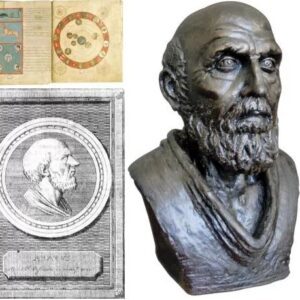Australian scientists have deciphered a 3,700-year-old mysterious Babylonian clay tablet. The results reveal that the Babylonians had studied trigonometry to an advanced level, predating ancient Greek mathematics by 1,500 years.

This Babylonian clay tablet is called Plimpton 322. (Image via SGW)
This Babylonian clay tablet is called Plimpton 322 – the oldest and most accurate trigonometric table ever discovered, according to the research published this week in Historia Mathematica. Researchers at the University of New South Wales, Sydney suggest that this tablet may have been used by ancient mathematicians to calculate angles when designing palaces, temples, pyramids, and canals. This discovery demonstrates that ancient Babylonians – not the Greeks – were the first to study trigonometry, the branch of mathematics dealing with triangles.

Plimpton 322 was discovered in the early 1900s in southern Iraq by the famous archaeologist Edgar Banks – the inspiration for Indiana Jones. Dating back to 1822 – 1762 BC, this clay tablet is believed to originate from the ancient city of Larsa in Sumer. Its contents reveal that ancient Babylonians knew about the Pythagorean theorem long before the ancient Greeks, but the purpose of creating this clay tablet remains a mystery.
One theory that has been supported by many is that Plimpton 322 was a tool for teaching and testing quadratic equations. However, a new study conducted by scientists Daniel Mansfield and Norman Wildberger confirms the signs on the tablet as a trigonometric table.
After researching the history of the specific clay tablet’s purpose, Mansfield and Wildberger examined it and the inscriptions on it more closely. Plimpton 322 has 4 columns and 15 rows of numbers. More importantly, the text is written in a numerical system (base 60), also known as the sexagesimal system (similar to dividing 1 minute on an analog clock). Its 15 rows depict a series of 15 right-angled triangles, progressively decreasing in inclination. In addition, its left edge is damaged, meaning that parts of Plimpton 322 are missing.

Based on previous research, Mansfield and Wildberger found that 2 columns and 23 rows are missing – the original clay tablet had 6 columns and 38 rows. The clay tablet contains a special pattern of numbers called the Pythagorean triple. This suggests that Plimpton 322 describes the shapes of right triangles using a new form of trigonometry based on ratios, rather than angles or circles. Therefore, the scribe could use the tablet to perform the complex task of generating and classifying numbers on the tablet. They could take a known ratio of the sides of a right triangle to determine two other unknown ratios.
Mansfield said: “There is no doubt that this is an exciting mathematical work that demonstrates genius.”
It’s insane, Plimpton 322 is not only the oldest trigonometric table but also considered the most accurate in history. And as mentioned, it also rewrites history. The Greek astronomer Hipparchus, often regarded as the father of trigonometry, lived around 120 BCE, but this research work could change humanity’s perception.
Wildberger said: “Plimpton 322 predates Hipparchus by over 1,000 years. It opens up new possibilities not just for modern mathematical research but for mathematical education. With Plimpton 322, we see a simpler, more accurate trigonometry system, with clear advantages over the system we use today. A Babylonian treasure existed, but this is just a small part of what they studied. The modern world has to recognize that this ancient but sophisticated mathematical culture has much to teach us.”






